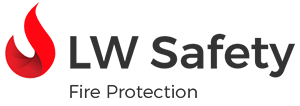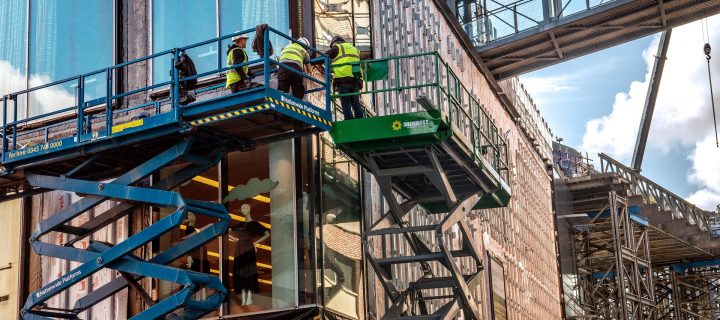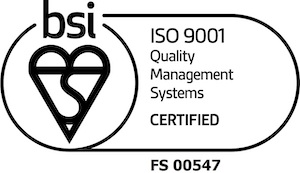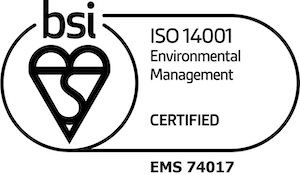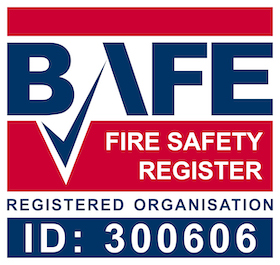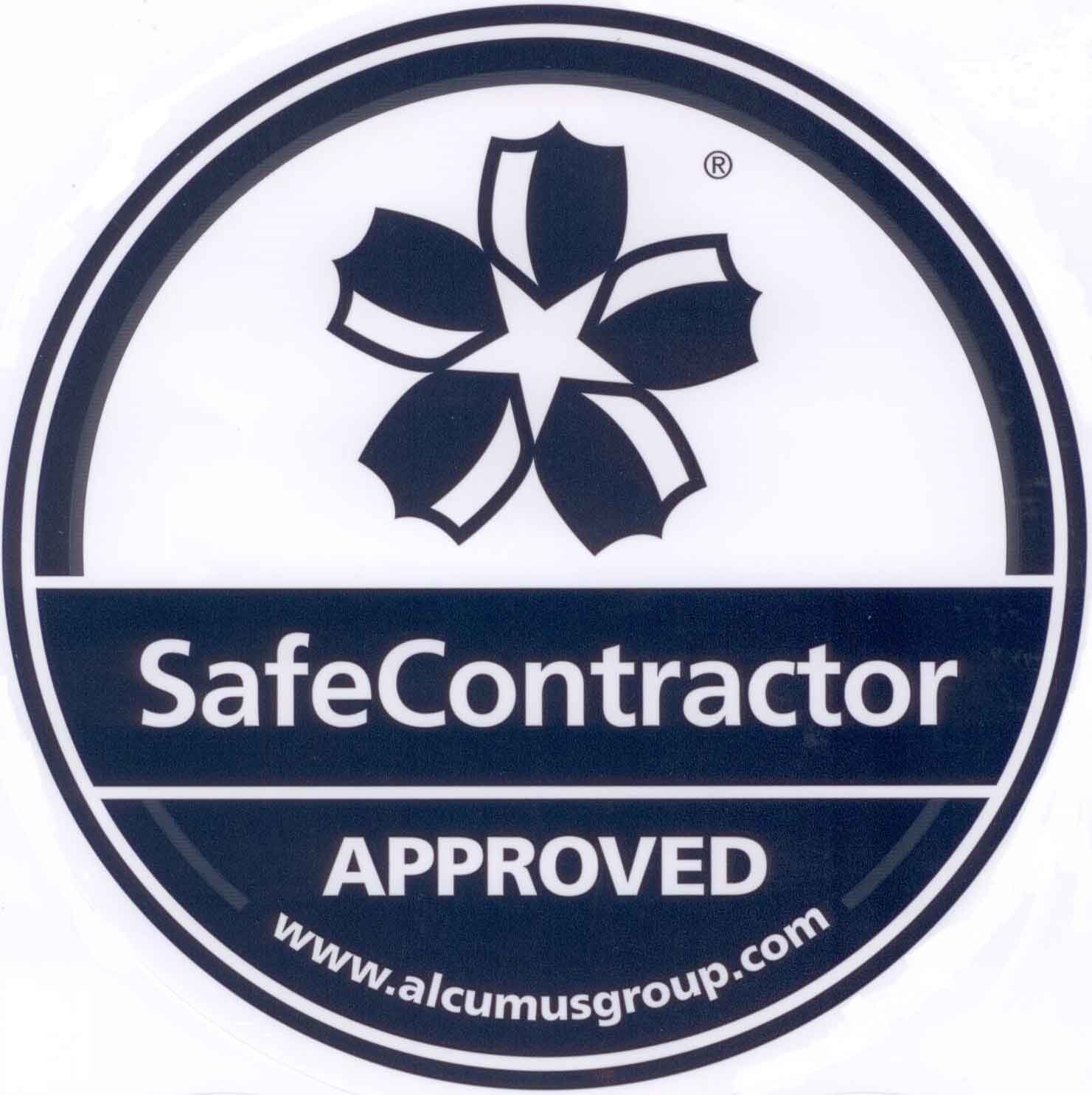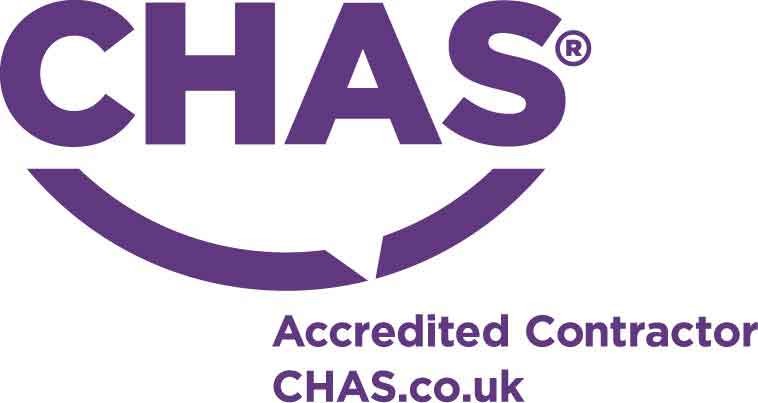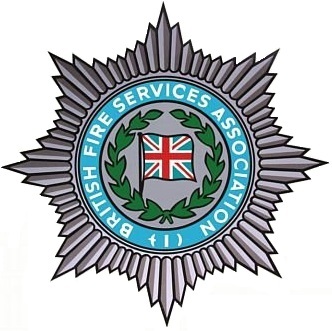What Is Cladding?
While cladding is by no means a regular feature on every building, it has been put in the spotlight because of a number of high-profile fires. Cladding has grown in popularity for new high-rise buildings, as well as for older concrete structures as a way of reviving their aesthetic.
Because of the relationship between cladding and fire safety for buildings, this month at LW Safety, we’re going to tackle what cladding is, the types you can get and whether it’s dangerous, along with a few updates from the industry.
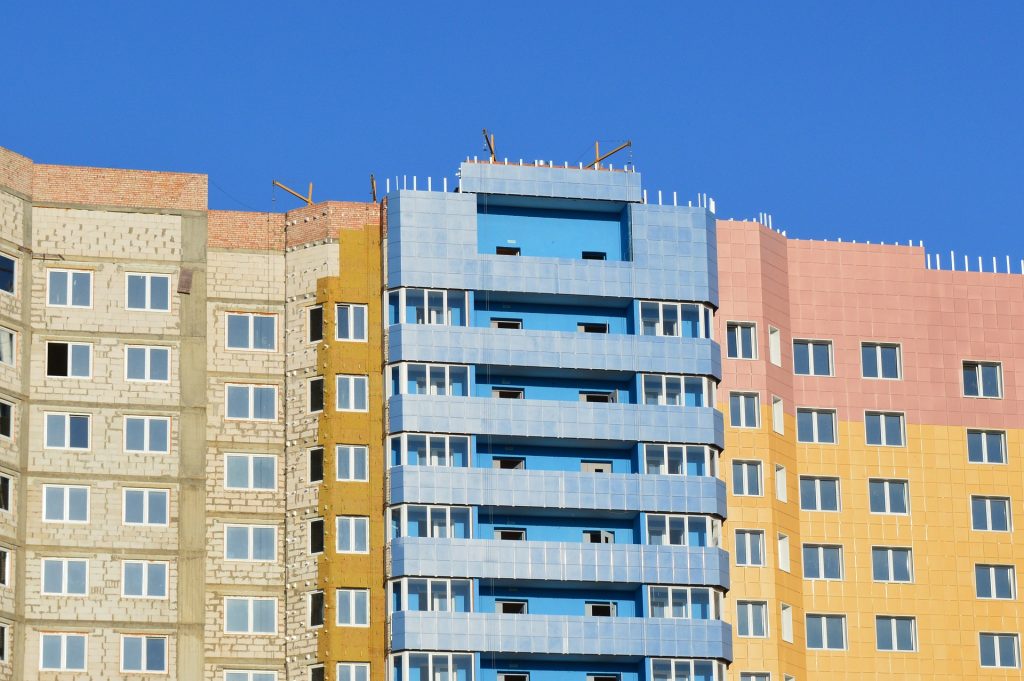
Quick cladding definition
Cladding is an outer layer of a building. Like a shell or a skin, it is applied over either a concrete structure or a steel framework. There are two purposes for this, the first being to provide a more aesthetically-pleasing end product, the second being to improve the thermal efficiency of the building.
The different types of cladding
Some forms of cladding are more popular than others, but there are a wide variety of options to choose from. Sometimes it’s easy to spot cladding on a modern building or one that has been renovated, as you will often see metallic, composite or vinyl panels. For other projects, the outer look of the cladding may be purposely designed to look like brickwork, making it harder to spot if it conforms with the traditional look of other buildings nearby.
You can also get glass cladding in the form of curtain walls, but the two types of cladding categories you need to know are:
- Thermal insulation, using wool or foam to boost the U-value of the building
- Facade panelling, often constructed with wood
Is cladding dangerous?
Due to the nature of the materials involved in the construction of the cladding, as well as the way they are affixed to the outside of a building, they can present a risk.
Combustible materials are always a risk because of how easily they can ignite and rapidly spread flames, but the greater risk appears to be the fact that cladding requires a gap between the material and the building in order to let it breathe. This allows huge amounts of oxygen to feed any flames with a clear route to spread around the outside of the building. In effect, the cladding system can become a chimney, creating a shaft along which a fire could travel.
What has been done about cladding?
So far, building regulations have been changed to ban the use of combustible cladding on the outside of buildings taller than 18 metres. This was introduced in 2018 and applies to both dwelling and non-dwelling premises.
In 2020, the Consolidated Advice Note was used to urge building owners to have their cladding systems checked, but this was replaced by PAS 9980 from the BSI for the undertaking of a fire risk appraisal when it comes to external wall construction.
In Scotland, combustible cladding has been banned on buildings over 11 metres in height.
What is BS 8414?
In 2020, the BS 8414 – a test of cladding systems – had two additional tests introduced. The first, BS 8414-1:2020 involved testing cladding attached to the masonry face of a building, while BS 8414-2:2020 tests cladding affixed to a structural steel frame.
This standard has been central to the testing of the suitability of materials in external cladding systems.
When it comes to fire safety practices inside your building, you need look no further than LW Safety. We provide fire risk assessments for buildings across North West London – including Wembley, Harrow and Uxbridge – helping you to identify risks and safeguard occupants whether they’re clients, employees or tenants.
Book your fire risk assessment appointment today or get more information on any of our fire safety services by calling our professional team. Alternatively, you can use our quick quote form to leave details of your enquiry.
